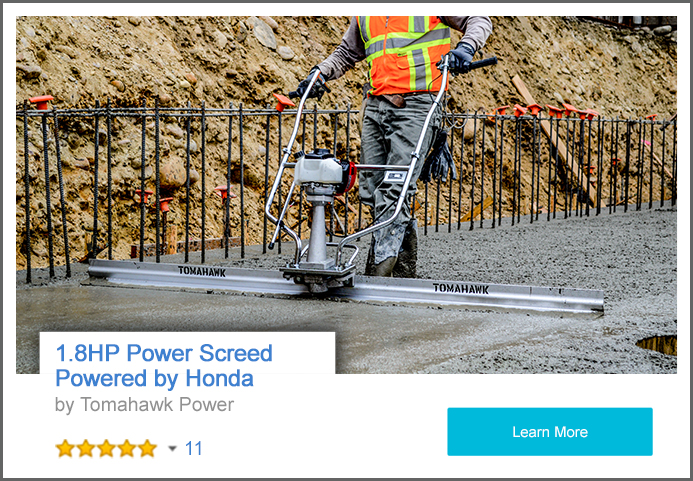A concrete sealer is essential for protecting surfaces from water damage, which can be caused by freeze cycles. It can also protect the concrete from stains caused by dirt, oil, and much more. Concrete sealant is a lot like car wax, which many people go without and regret when the paint is peeling off their car.
Concrete sealer can make a difference in both the appearance and performance of concrete. After laying down concrete it is crucial to seal the concrete as soon as the concrete can be walked on. Keeping the concrete sealed helps prevent water from soaking into the concrete. If water were to soak into the concrete, it can damage the steel in the slab by either freezing or causing the steel to rust. Sealing the concrete can also minimize dusting and protect against staining (if spill are cleaned up punctually).
The main purpose of sealer is protection; however, some sealants can enhance the color and gloss of the concrete. Here are some top reasons why it would be a good idea to use concrete sealant:
-
Easy to apply
-
Dries rapidly
-
Does not change the color of the concrete
-
Enhances the color of the gloss
-
Prevents damage to the concrete
-
Lasts a long time
Before spraying the concrete, it is important to run a power screed on the wet concrete in order to remove air pockets. Screeds are simple to operate with low maintenance and use high vibration to develop a smooth finish. After vibrating the concrete with a screed and waiting for the concrete to fully cure, concrete sprayers (preferable gas powered) are the perfect tool for applying water-based concrete sealants to get a professional finish.











